This weekend marks the latest round in the fight against 1602 S. Coast Highway, a proposed 54-unit, 42′ tall condo project that with traffic, density, parking and height would permanently change the character of South O (and set a precedent for other projects to do so):
- On Saturday, there is a rally at Marshall Street Park from 10am – noon. Residents will be making signs for the PC hearing. Save South O will be selling t-shirts at cost ($5/each) so residents can clearly signal at the hearing what side they are on.
- At 6pm Monday, this will return for a second time to the Planning Commission. While people can watch on Zoom or KOCT, under new city policies, only those present at the council chambers (300 N. Coast Highway, Oceanside) will be allowed to testify.
Sept. 27 PC Hearing
We had a good turnout of South O residents at the Sept. 27 hearing, both in person and online. The community members made strong arguments (summarized here) about why the project is not appropriate for South O, and needs to be sent back for changes to reduce its impact.
South O residents living nearby talked about the existing traffic and pedestrian safety issues that will be exacerbated by this 54-unit project, as well as the impact of a 42′, 4-story building looking down on their homes. Others focused on how it is under-parked, and that everyone in the room knew that — despite the parking/density bonuses of being a half mile from the Sprinter station — the residents will have more cars than parking spaces and will spillover into neighborhood streets.
But fundamentally, a majority of the PC agreed that this project is not consistent with the character of the local community. As Oceanside’s 1985 Local Coastal Program Land Use Plan (p. 34) states:
The Coastal Act requires that the visual qualities of the Coastal Zone shall be protected and that new development be sited and designed to be visually compatible with the character of surrounding areas.
On Sept 27, the PC leaned 3-1 to send the plan back for revision. However, the city planner used a procedural move to create a tied vote so that it could be reconsidered on Oct 11 (this Monday) when more PC members would be present. These PC members have not heard the testimony from Sept 27, and the one commissioner (Louise Balma) appeared to be on the fence while two (Robin Goodkind, Jolene Hayes) were opposed and the fourth (Tom Morissey) strongly supported it.
Going Forward
The developer and its land use consultant have made clear that they have no intention of negotiating any substantive changes with the city — over density, scale or parking — unless forced to do so by the city. If they lose on Monday, their clear plan is to take the existing project to the council and demand that it approve the project. That council meeting would likely be in November or early December.
Similarly, if South O loses on Monday, we will ask the council to hear our appeal. The stakes in this project are too high, as having a wall of such projects along Coast Highway would clearly destroy the unique character of South O. Other projects are in the pipeline, waiting to see what happens on this project and the maximum density they can cram into their planned projects.
We ask all South O residents to attend in person, email comments in advance (by noon Monday) to PlanningCommission@oceansideca.org, or both.

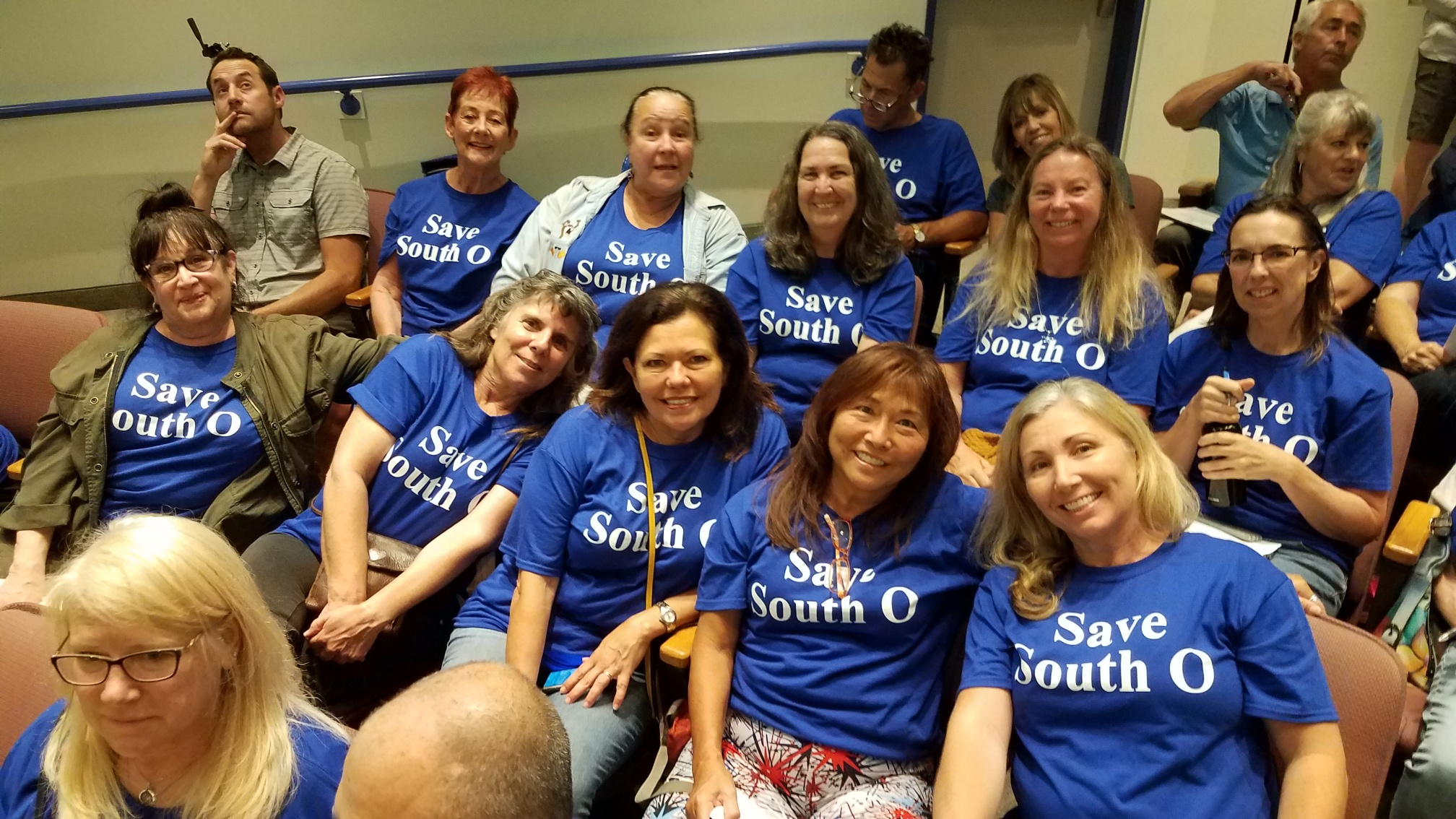
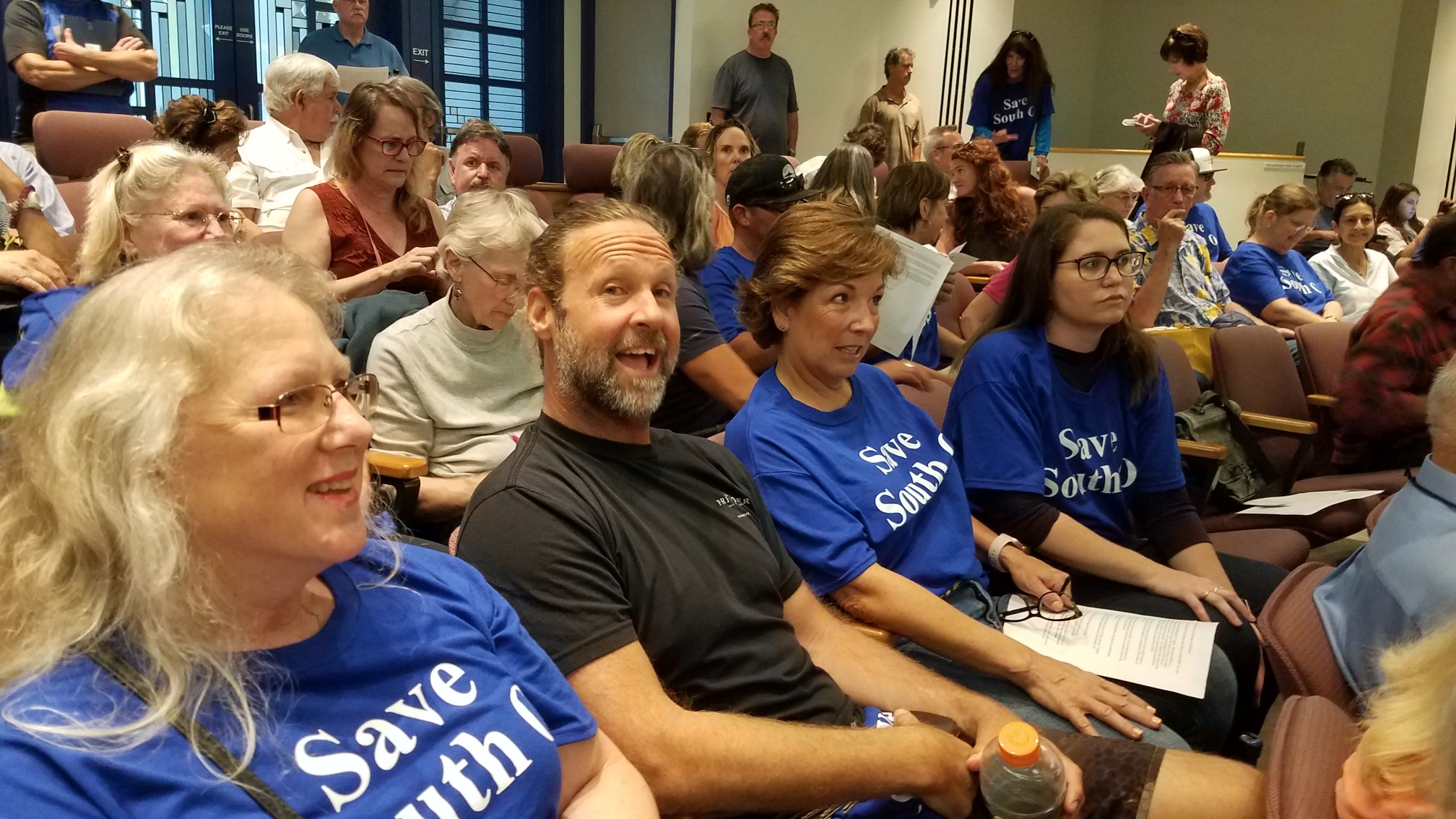

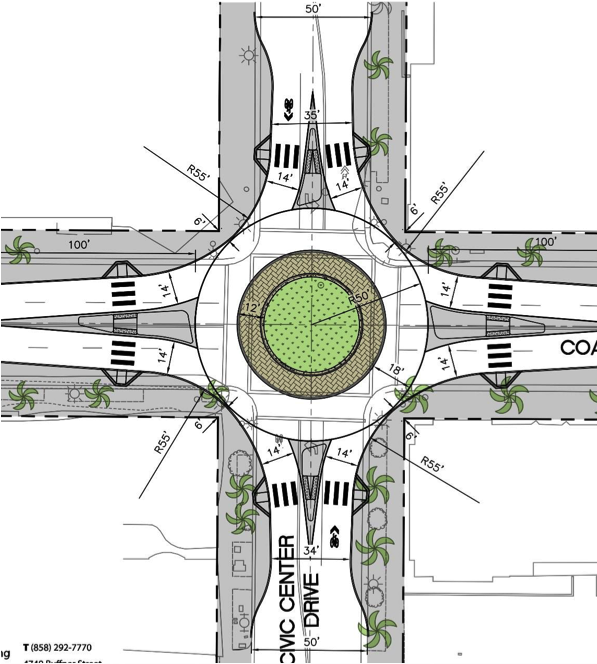

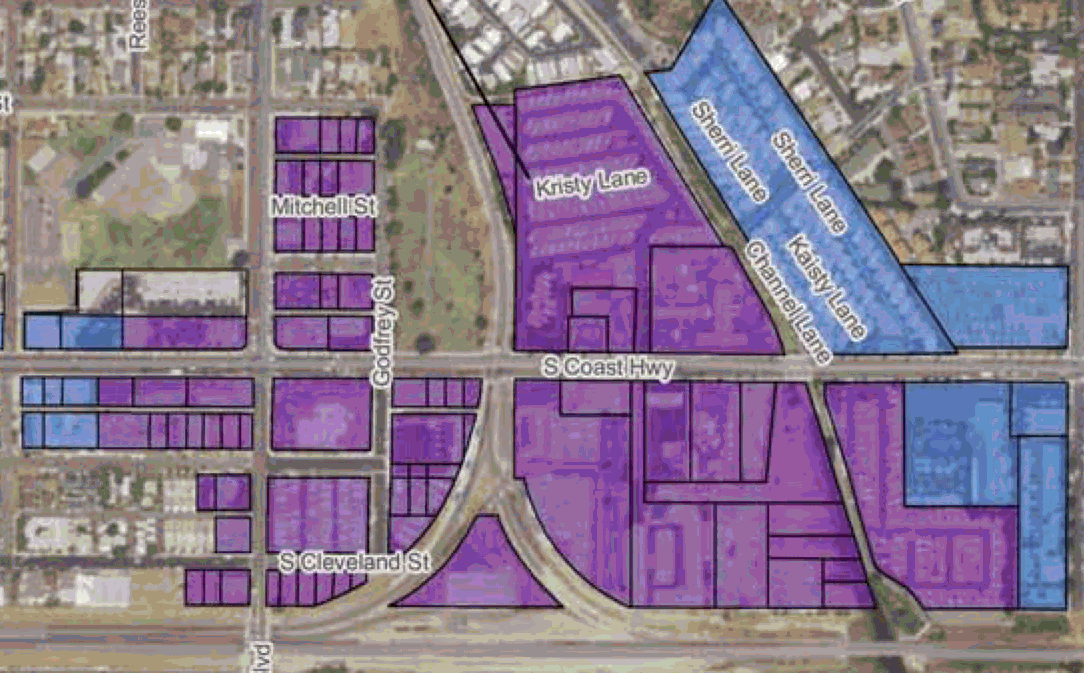


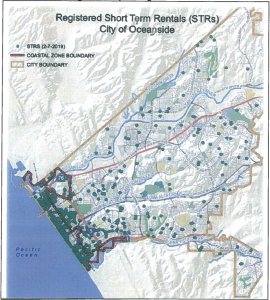 The STR Impact on Oceanside
The STR Impact on Oceanside